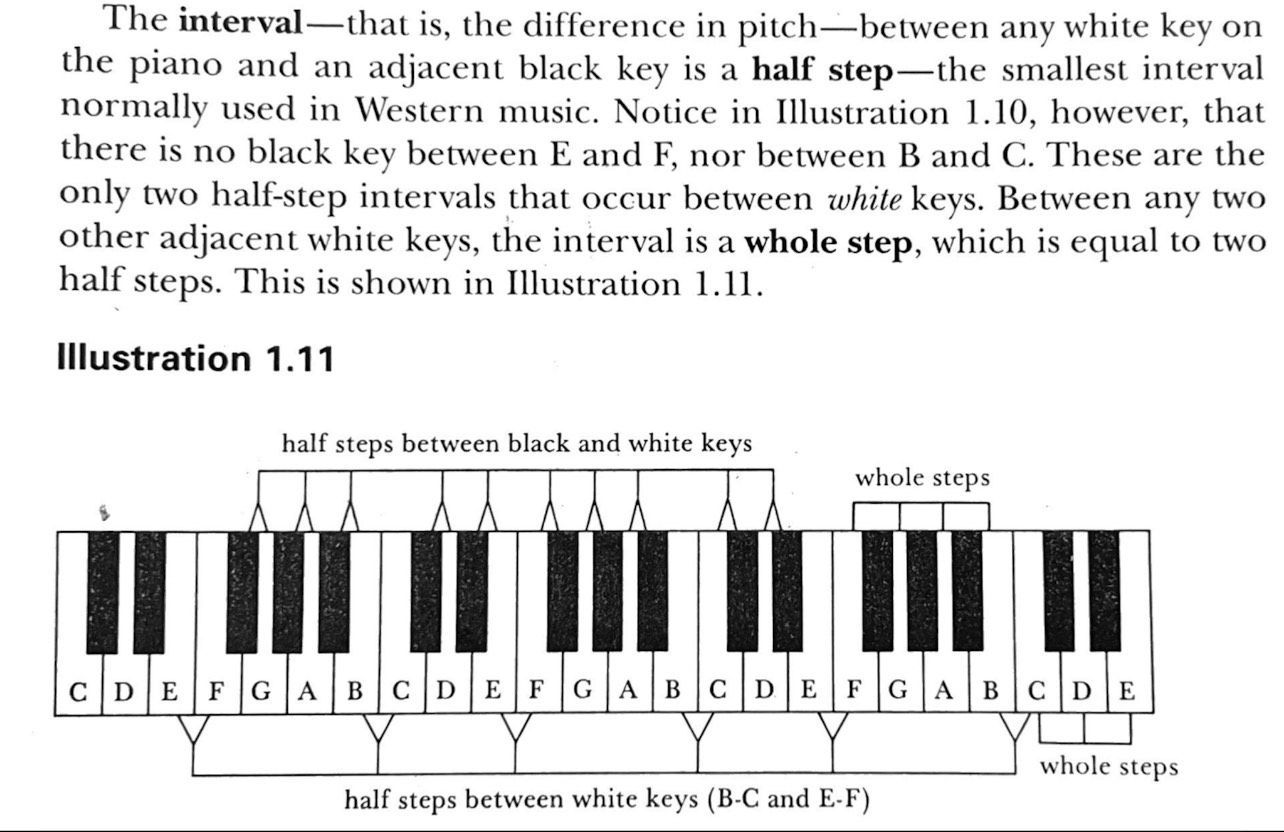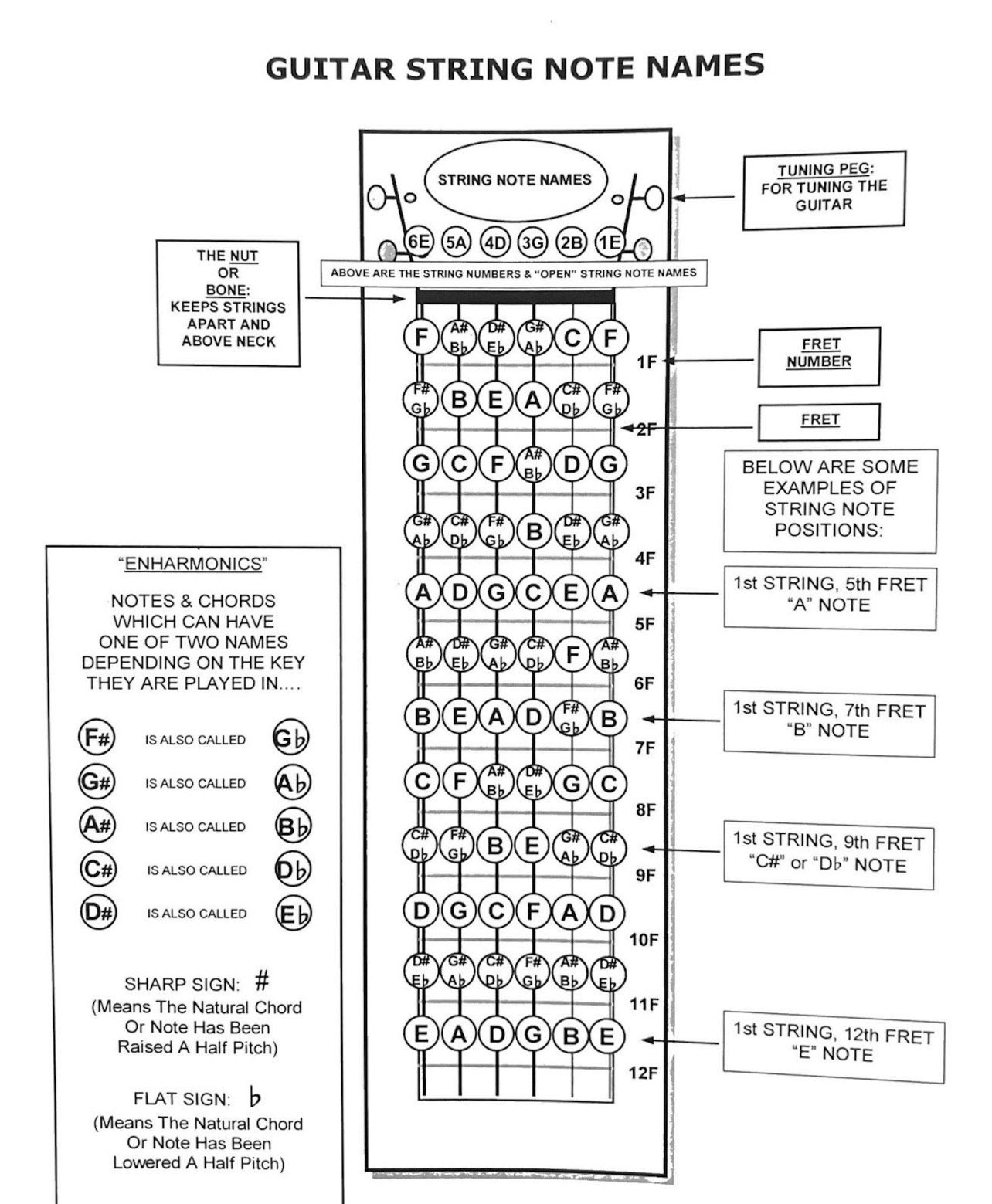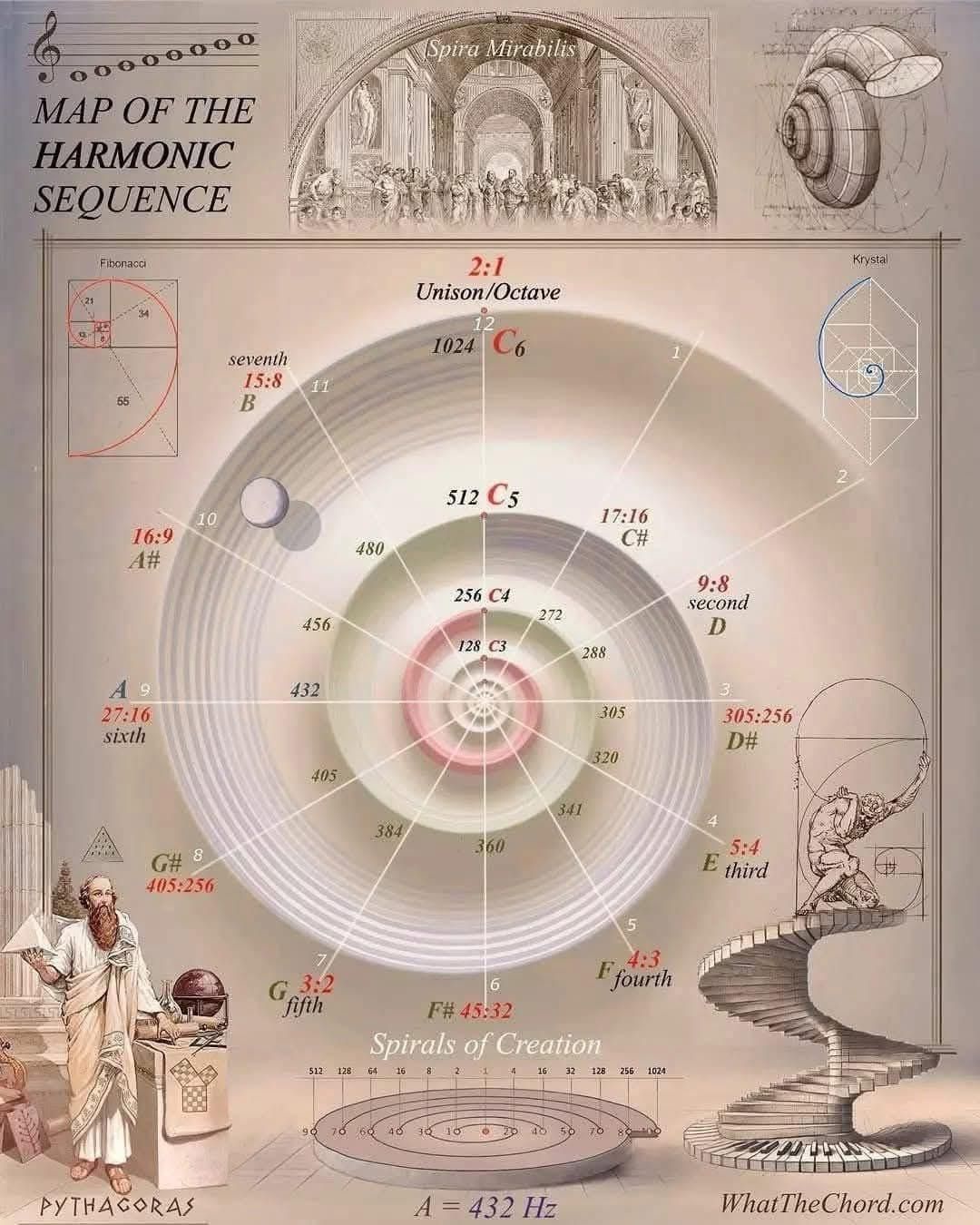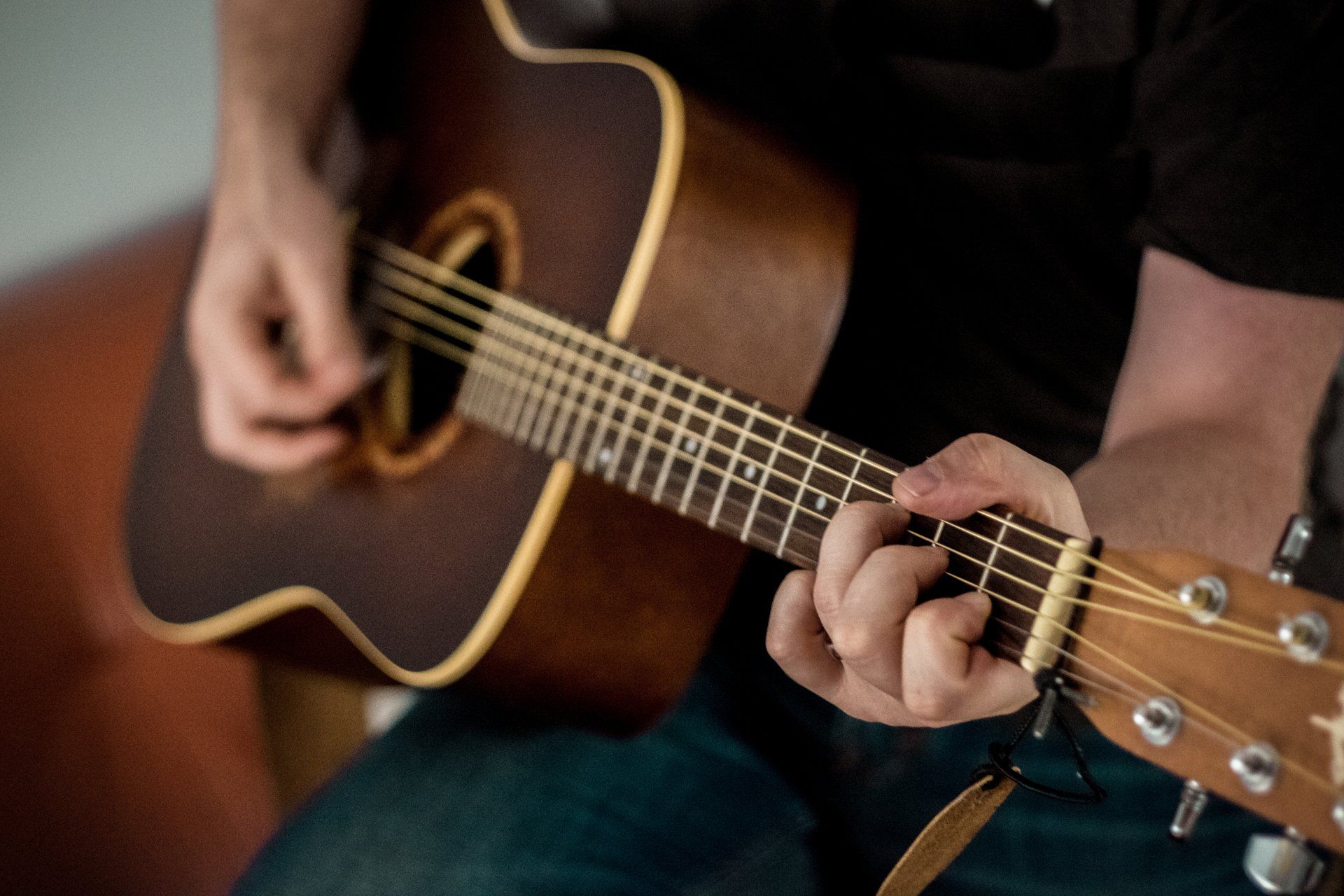The first question comes from guitar student Bill H. in California.
He would like to start some ear training and note recognition to help him become a better guitarist and overall better musician.
QUESTION:
Andrew, We talked about intervals and hearing notes. I think this is something I need to improve on and wanted to know if you have exercises or suggested ways/programs to help in this area. I have seen “Ear Training” programs but when I have looked at reviews they never seem very consistent in regard to their effectiveness.
ANSWER AND MINI LESSON:
Here is what you need to know to start ear training.
After you've read through my write up below, your mind will be 'in tune' with how we speak about pitches we hear and you'll be cleared for takeoff!
Ear Training Basic Theory - Step 1: Pitch
The major scale is the basis of all western music, and started with (I think) Gregorian monk chants.
Everything in music of the western world is based on the intervals contained in the major scale. And I mean literally everything. The major scale is one cement foundational building block that absolutely all future and other scales are built on. And, the major scale is the scale from which we train our ears.
Do I need to know music theory to train my ear?
Yes, a little. There are many very good musicians who can just hear and recognize pitches and play those tones on the guitar. They have to hunt and peck around on the fretboard a lot to keep up with their developing ear.
When they decide they’re fed up with hunting and pecking around, they usually learn how music theory works on the fretboard.
it is absolutely impossible to put labels on what your ears are gonna tell you without some basic theory. We’ll need language to identify what our ears are telling us.
You don’t have to be a theory expert. Just the basics are fine.
You’ll hear me say this a lot in music lessons of any kind: The three essential elements of music - and this includes learning guitar - are
- Pitch
- Rhythm
- Dynamics
- All chords and scales in western music flow from the major scale.
- All musical expression flows using the three essential elements of music: Pitch, Rhythm, and Dynamics.
Pitch is how high-pitched a note sounds to your ear and how low-pitched a bass-like note sounds to your ear, and everything in between.
We learn pitch relatively. Meaning, first we listen to a note. Then, that note stops and we listen to another note. Was the second note higher or lower than the first note? We start with that very basic recognition.
Now - how will we communicate the distance our ear hears between the lower note and higher note?
That’s where we learn and apply “intervals”.
The interval is the math we use to define the difference in pitch. It’s how we identify the distance between two notes.

On Guitar we don’t have black keys. Everything is linear.
Look only at one string at a time. Please don't jump from string from string quite yet. Literally just play up and down a string. Any one string at a time.
The distance between two adjacent frets is a half step. The half step is the first, and most important, interval to learn and hear. That’s the smallest interval in western music.
Look at the diagram below and please notice that when you move only one fret up or down it’s called a half step.

A half step is NOT the smallest interval in eastern music. Turkish music, sufi singers, Indian music, Egyptian music and the like have actually even SMALLER intervals. You should see their guitars. Some of them have 32 frets! And even little “half frets” nestled between normal frets. I know, it seems crazy to me, but the guitar is just an extension of the human voice when you play one note at a time, and that’s how the Sufi singers sing. So, they make their guitars to sing the same eastern scales their cultural singers do.
We should first explore pitch. That is the start of ear training.
Once you feel good about this week's answer, I will write to you about what rhythm and dynamics really are.
Think of it this way.
Music cannot be expressed with pitch alone. That is impossible. You must have a rhythm to express the notes. And, you must have dynamics (loud, soft…fluid and connected or short and spiky notes).
Every song that has ever been written, even when a mother sings a lullaby into the baby’s ear softly while rocking has all THREE elements - pitch, rhythm and dynamics.
This concludes the basic theory of what a pitch is and how we talk about it.











